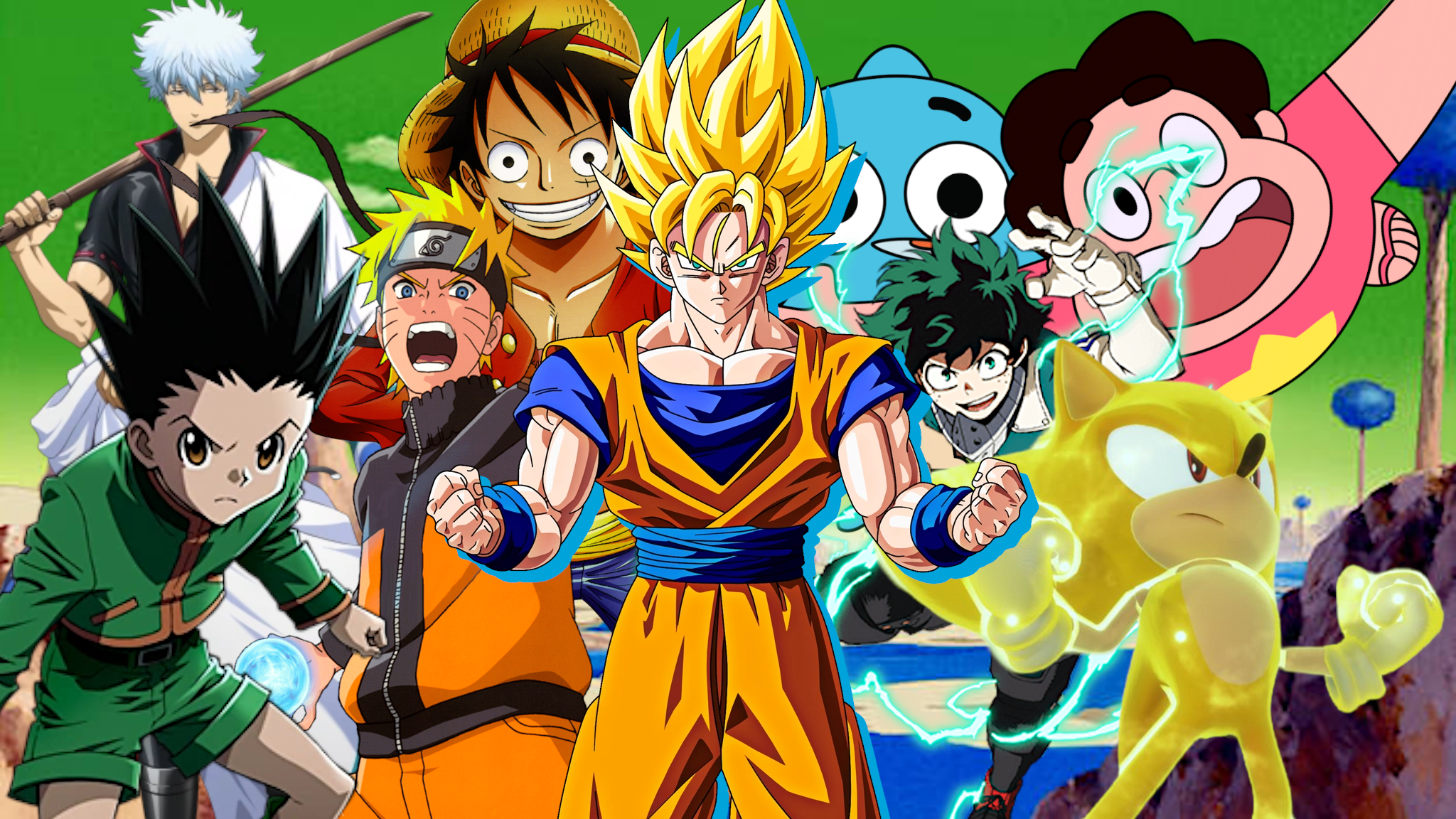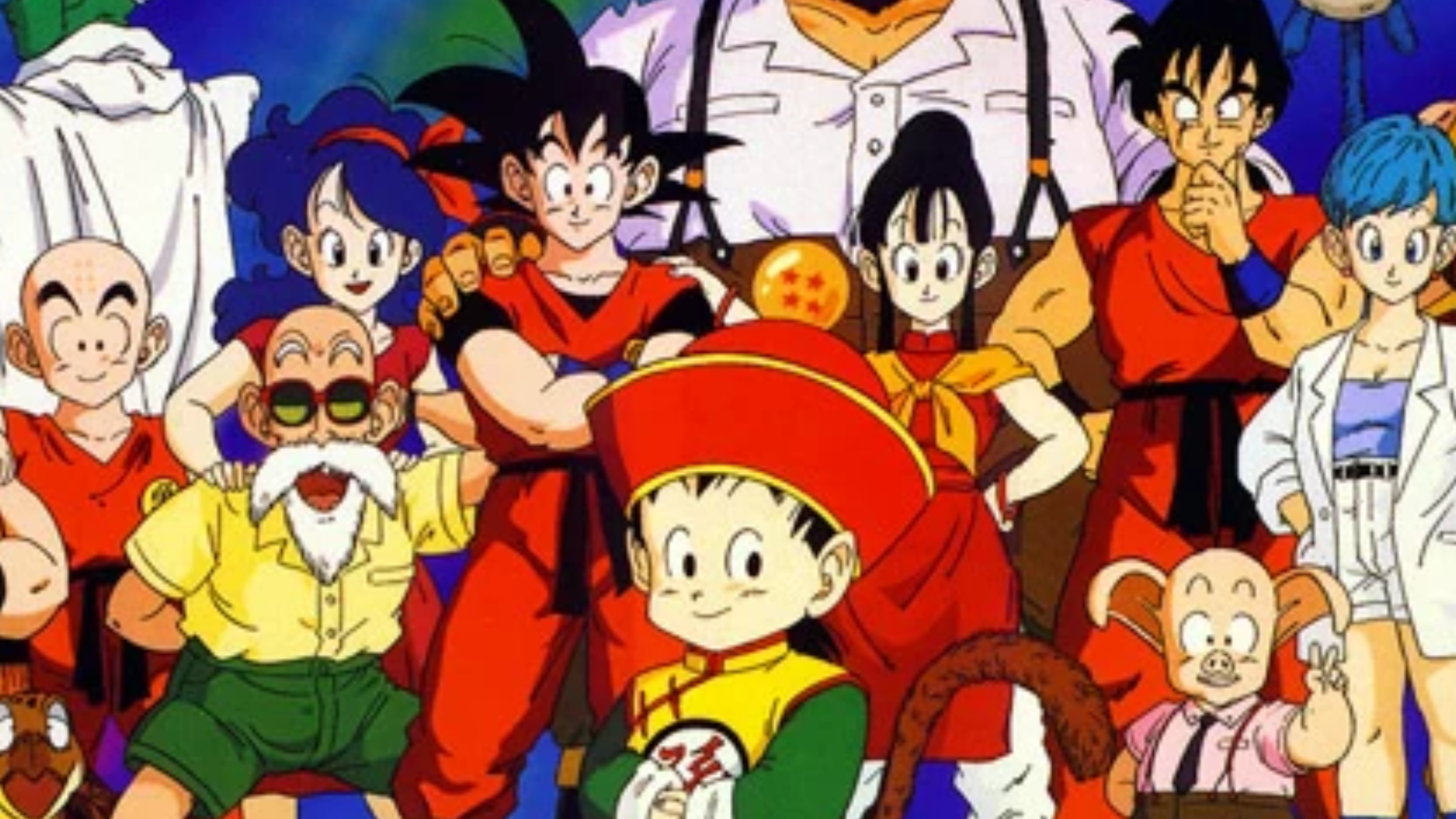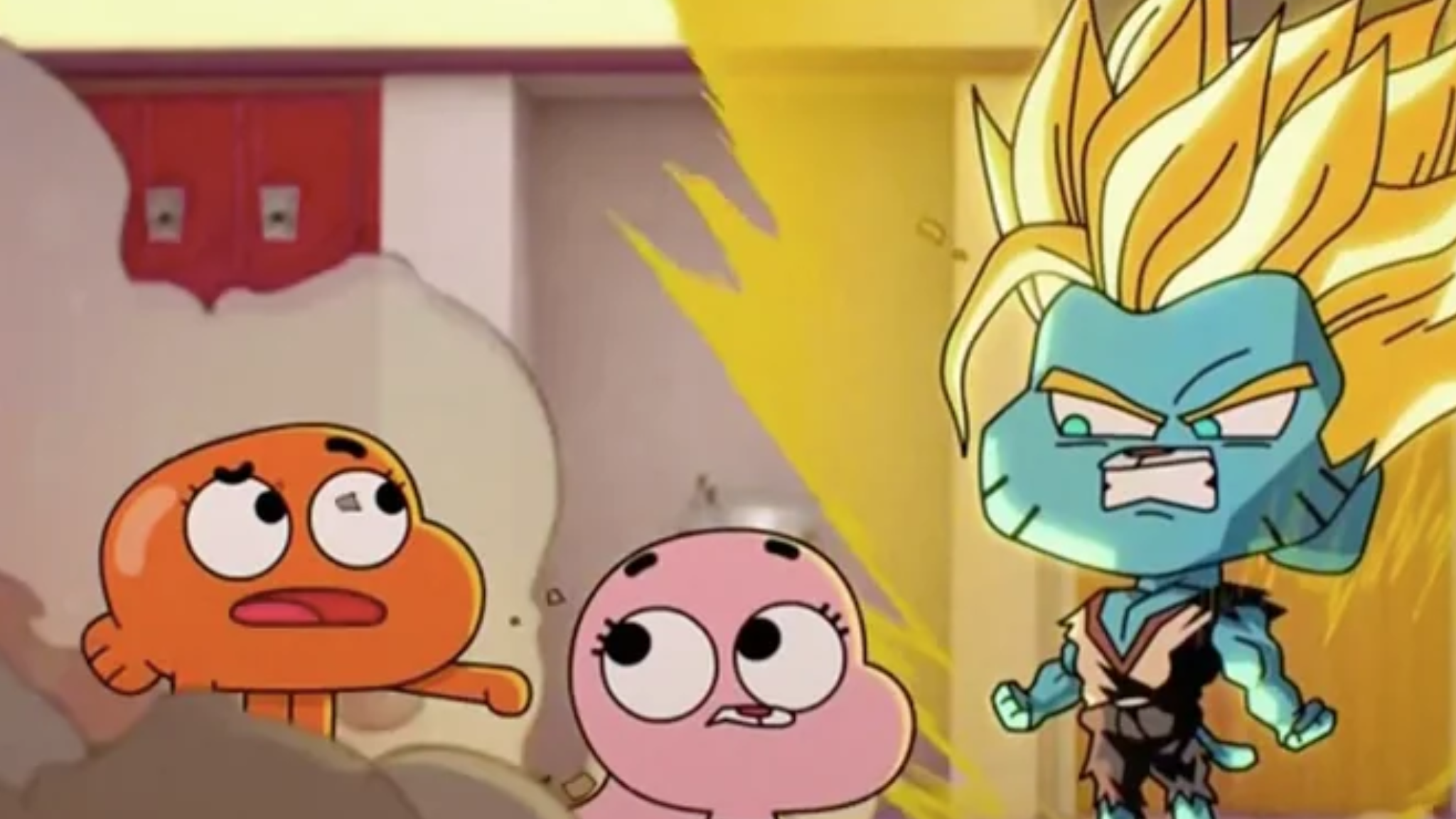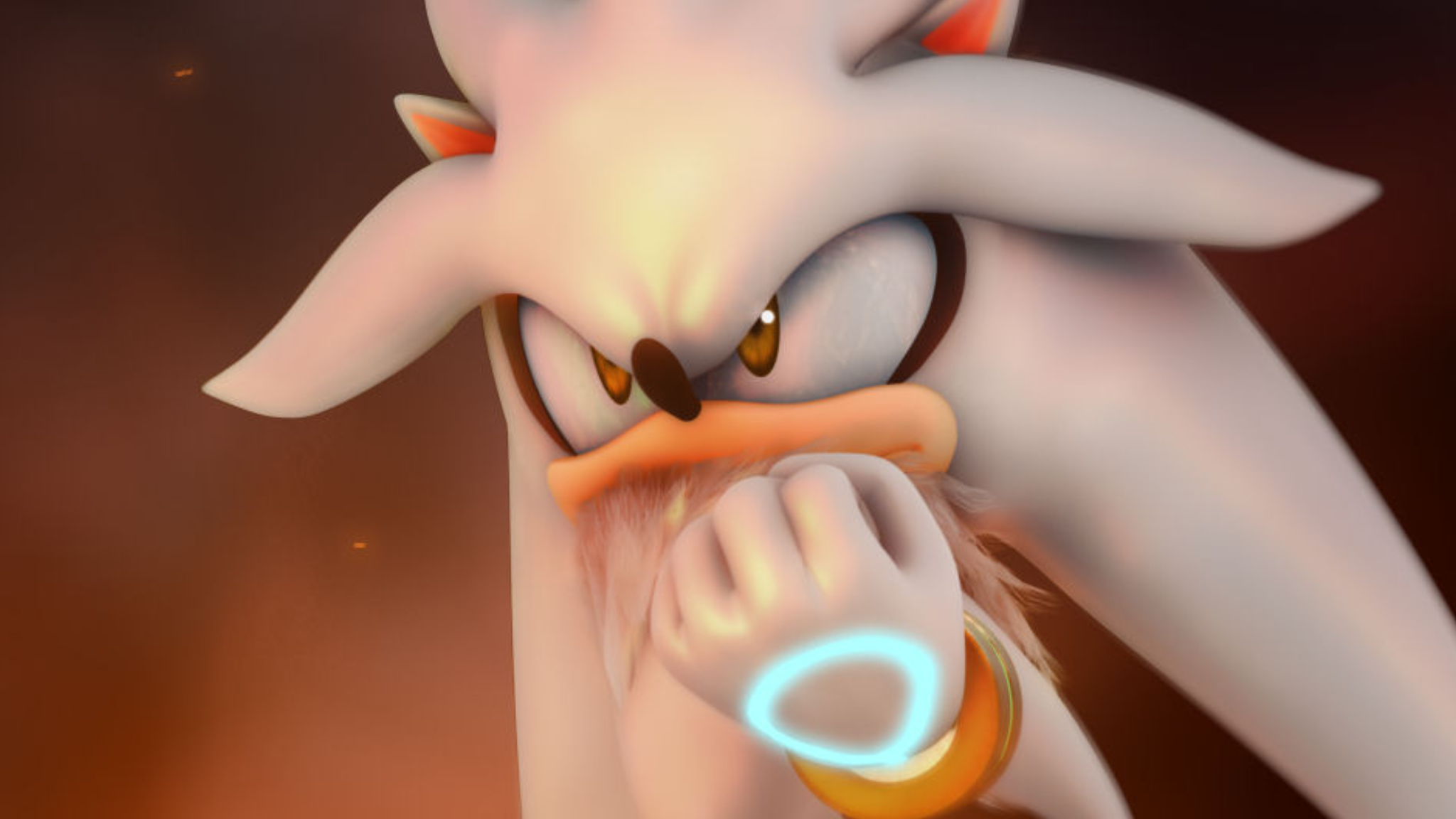
The legendary Dragon Ball series by Akira Toriyama hardly requires any introduction. Since its debut in Weekly Shonen Jump in 1984, it has spread far and wide across pop culture, often associated with anime and manga globally. So familiar are its characters and ideas that even those who haven’t watched a single episode can list the transformations, quote certain lines, and identify the distinctive hairstyles of its numerous cherished characters.
The Dragon Ball series, including its successors and offshoots, chronicle the journey of Son Goku, a Saiyan who transforms from an Earth-dwelling child to a powerful warrior. As the story unfolds, Goku matures, turns adversaries into comrades, makes friends, marries, and even starts a family, with his children eventually joining him in battling formidable foes, either for amusement or to save the world. In 2024, Dragon Ball Daima picks up where it left off, with the saga showing no signs of abating. With its impact felt not only in Japanese but also Western animation and video games, Dragon Ball is undoubtedly one of the most influential anime series ever created, and its influence continues to shape popular culture moving forward.

Dragon Ball Helped to Popularize Shonen Anime Worldwide
The show Dragon Ball, especially its sequel Dragon Ball Z, significantly boosted the recognition and appeal of shonen anime not just in Japan but worldwide. With its thrilling fight scenes and iconic transformations, it attracted a vast audience and became a benchmark for the genre. In Mexico, it transcended television status to become a cultural icon through the localized version Zero y el Dragón Mágico and continuous airing of the Spanish dub in 1996. This made the Latin American release more accessible than the US release at the time, contributing to its popularity. Mexican fans adore Mario Castañeda’s voice acting as Goku, strengthening Goku’s influence on Mexico. Its success was further bolstered by affordable imports, numerous media adaptations, and merchandise, ultimately making Dragon Ball a pivotal part of Latin American anime fandom, recognized not only in Japan and much of the world, but also highlighted by The San Fernando Valley Sun.
The significant impact of Dragon Ball Z on Cartoon Network’s Toonami block was instrumental in fueling the popularity of anime in the U.S., particularly following the Anime Boom of the 1970s and 1980s. Initially aired in syndication, the show gained more traction through re-runs on Toonami, leading Funimation to continue its English dub exclusively for the block. By 1999, it had captivated approximately 1.7 million households, with over a million of those being children between the ages of 6 and 11. At its peak in Fall 2001, it was competing against major shows like WWF Raw and NFL broadcasts, solidifying its impact and paving the path for other anime series such as FLCL, Inuyasha, and Bleach to follow.

Goku Inspired Countless Anime Protagonists
The influence of Dragon Ball extends far beyond its own manga and anime realm, shaping numerous leading characters throughout the years. Notably, similarities can be found between the characters Goku and Naruto Uzumaki. In fact, Masashi Kishimoto himself acknowledges that Naruto’s lively and playful nature was inspired by Goku in “The Art Collection: Uzumaki.” Both heroes embody an unwavering commitment to friendship and faith in humanity.
It’s also worth noting that there are parallels between Goku’s bond with his sons, Gohan and Goten, and Naruto’s connection with his children, Boruto and Himawari. As the guardian of Earth, Goku frequently engages in training or combat, which sometimes means important moments like Gohan’s upbringing are handled by someone else, such as Chi-Chi. Likewise, Naruto, being the Hokage, needs to juggle leadership and fatherhood, often seeming to overlook his children in the process. This is a concern that Boruto frequently expresses. The comparison becomes more striking when we consider instances like Naruto using a shadow clone to attend Himawari’s birthday in Episode 53 of Boruto: Naruto Next Generations, which could be seen as an extreme example of absentee fathering compared to Goku’s absences.
In the anime, the main characters of One Piece, Monkey D. Luffy, and Dragon Ball’s Goku exhibit similarities that are evident to viewers. This connection was reinforced in Episode 590 titled “History’s Strongest Collaboration vs. Glutton of the Sea,” which brought together figures from One Piece, Dragon Ball Z, and even Toriko. The crossover episode offers an entertaining blend of battle shonen elements, but what truly resonates with fans is the endearing traits that Luffy and Goku share. Both characters have massive appetites, and their confrontations are accompanied by spectacular explosions, providing a delightful double-dose of fan service.
Toriyama Is Everybody’s Favorite Manga Artist
It’s no wonder that numerous anime protagonists have been influenced by Goku, given that many renowned manga creators have acknowledged Dragon Ball Z and Akira Toriyama’s work as major inspirations. For instance, Masashi Kishimoto of Naruto often points to Dragon Ball as a blueprint for character and story development.
In a 2012 interview with VIZ Media’s Shonen Jump Alpha, Kishimoto shared that as a child, he was captivated by Akira Toriyama’s “Dr. Slump” anime and “Dragon Ball” manga. He admired Toriyama’s characters, particularly Arale from “Dr. Slump” and Goku from “Dragon Ball.” His ambition was sparked: he aspired to follow in Toriyama’s footsteps.
As a lifelong fan of both “My Hero Academia” and “Dragon Ball Z,” I find it fascinating to see how Kōhei Horikoshi acknowledges the influence of the latter on his work. Having grown up watching DBZ, I can definitely spot the homages he’s made in his own creations. One such instance that caught my eye was the promo sketch for Episode 94, which paid tribute to a memorable scene from Dragon Ball Z.
In this sketch, Toru uses her invisibility quirk to request Volume 27 of the DBZ manga, featuring Goku’s iconic transformation into a Super Saiyan during his battle against Frieza. As someone who has spent countless hours immersed in both these worlds, it was a delightful Easter egg that resonated deeply with me and served as a nod to the fans who share our love for these series.
It’s always exciting to see creators pay homage to their inspirations, especially when they do so in such a subtle yet impactful way. It not only showcases their respect for the source material but also allows us, as fans, to connect the dots and appreciate the intricate details that bring these universes closer together.
Overall, I admire Kōhei Horikoshi’s ability to weave elements from his influences into his own work while maintaining a unique and captivating storyline. It’s a testament to his skill as a creator and a reminder of the power that comes with drawing inspiration from our passions.
In each instance for Horikoshi, Kishimoto, and One Piece’s creator Eiichiro Oda, they too were asked to replicate Akira Toriyama’s famous cover art for the Dragon Ball Super Gallery.

The Dragon Ball Universe Has Been Referenced in a Lot of Anime
Dragon Ball Z has made a profound mark on both anime and Western entertainment, with its echoes reverberating through television, movies, and video games. Its influence extends to ongoing discussions, such as debates that have raged for years over who would emerge victorious in a fair fight between Goku and Superman. However, the impact is most apparent in the evolution of characters and scenes that replicate iconic moments from the series, particularly the Super Saiyan transformation.
Gintama stands out for frequently making references to Dragon Ball Z. In Episode 119, titled “Each Pack of Cigarettes Holds One or Two That Smell Like Manure,” it’s chain-smoking Hijikata who is forced off Earth due to a smoking ban and travels to the devastated Planet Hamek, once famed for its tobacco fields. The planet, now ruined by the villain Brieza (a clear take on Frieza), is inhabited by Hamekians – green-skinned creatures that bear a striking resemblance to Piccolo and Dende from Dragon Ball Z. Most of the inhabitants were wiped out by Brieza’s attack, much like how Frieza eliminated the Namekians.

Dragon Ball’s Influence Crept Over to Western Properties
Western cartoons often include references to “Dragon Ball Z”, and “The Amazing World of Gumball” is no exception, especially in its fourth season. In the fourth season’s fourth episode, Gumball makes an attempt to transform into a Super Saiyan, but unfortunately fails. However, he manages to successfully pull it off a few episodes later, in Season 4, Episode 7, following an incident where his sister Anais is bullied.
In Season 4, Episode 37, it wasn’t just him emulating Goku; his mother, Dr. Nicole Watterson, also displayed a Kamehameha-like attack during a battle. Moreover, in Season 4, Episode 31, the Watterson neighbors joined the Dragon Ball Z fun. During a fight scene, the Robinsons mimicked Goku’s Kamehameha and Galick Gun, and Vegeta’s signature move, in their dreams.

Video Games Have Also Been Inspired by Dragon Ball
The influence of “Dragon Ball Z” on video games is undeniable in the “Sonic the Hedgehog” series, as several aspects have been shaped by this legendary anime. Characters such as Silver the Hedgehog, who takes cues from Future Trunks, and the Super Sonic form, which resembles the Super Saiyan transformation, are testament to “Dragon Ball Z’s” impact on character development.
Moreover, the Special Stages found in games like Sonic the Hedgehog 3, Sonic & Knuckles, and Sonic 3 & Knuckles were designed with King Kai’s Planet from Dragon Ball Z as a model. The graphic design was Yuji Naka’s clever idea, inspired by the amusing episode in Dragon Ball Z where Goku chased Bubbles across King Kai’s planet (Episode 13).
Dragon Ball’s Lore Is the Envy of Anime Creators Across Generations
In the realm of Dragon Ball, we see an ongoing expansion with the additions of Dragon Ball Super and Dragon Ball Daima. These new chapters introduce fresh narratives and characters, promising that this beloved franchise will continue shaping pop culture for years to come. Though the direct contributions from Akira Toriyama may be missed, the universe he crafted, originating from a small Saiyan boy hailing from Planet Vegeta, will undoubtedly leave an enduring impact on future creators and fans alike.
Read More
2025-01-01 00:12